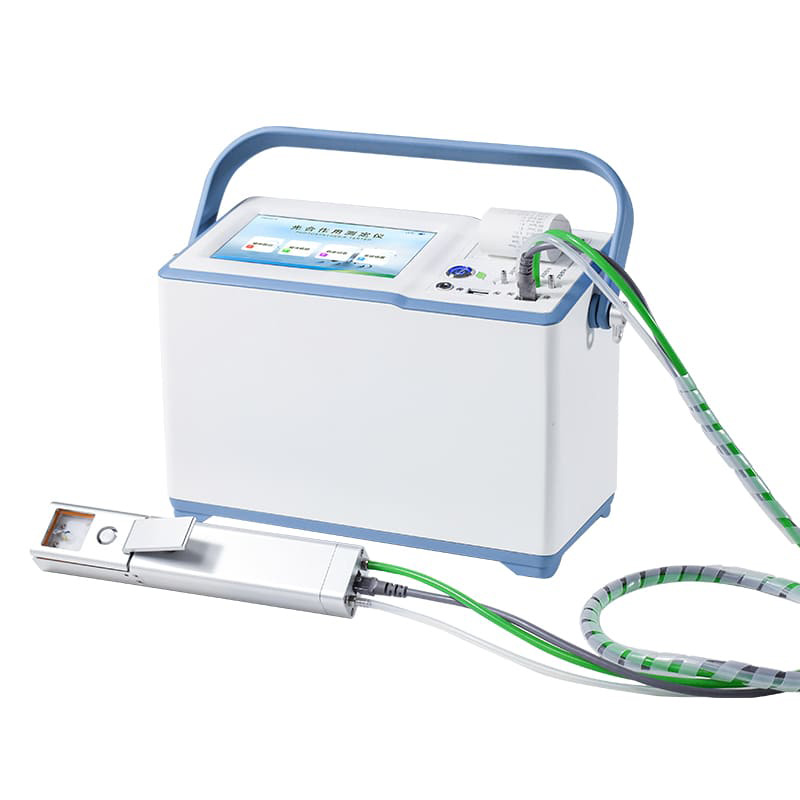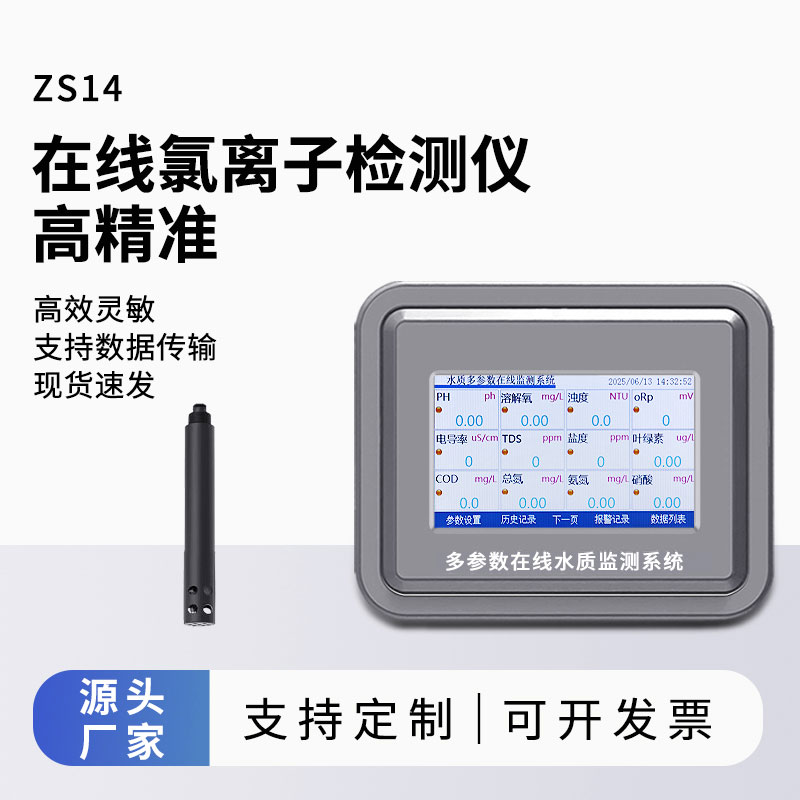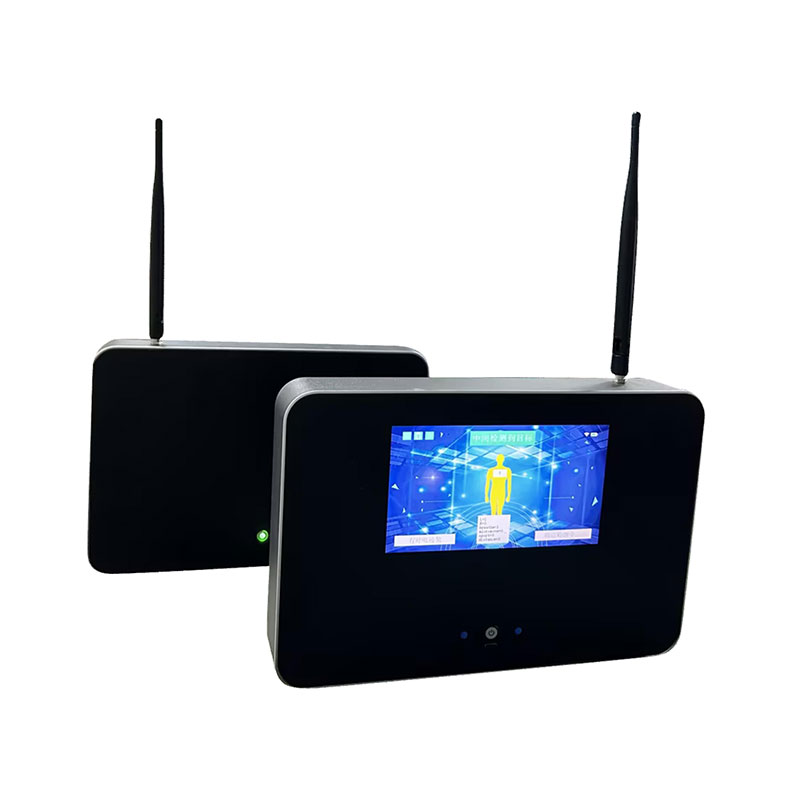Rice blast is one of the most destructive diseases in rice production, severely affecting the yield and quality of rice. It can strike at various stages of rice growth. Once the leaves are infected, spindle - shaped lesions appear. In severe cases, the lesions merge, causing the leaves to turn yellow and wither, greatly weakening the photosynthesis ability of rice and affecting the production and accumulation of nutrients.
During the heading stage of rice, it can infect the panicle neck, causing necrosis of the panicle neck nodes, blocking the transport of water and nutrients to the panicle, and thus leading to white panicle phenomenon, resulting in a complete crop failure. Statistics show that in years of severe outbreaks, rice blast can reduce rice yield by 30% - 50%, or even cause total crop failure. Moreover, the grains of diseased rice are not plump, and the quality declines, greatly reducing its economic value.
Due to the huge harm of rice blast, it is crucial to monitor it in a timely and accurate manner. Traditional manual monitoring methods are not only time - consuming and labor - intensive but also limited by human subjective judgment and monitoring scope, making it difficult to achieve comprehensiveness and timeliness. Against this backdrop, the Rice blast monitor has been developed.
The Rice blast monitor predicts the occurrence of rice blast by monitoring various factors in the rice growth environment. It uses high - precision sensors to monitor meteorological parameters such as field temperature, humidity, and light intensity. Since the occurrence of rice blast is closely related to environmental temperature and humidity, when the temperature is between 25 - 28°C and the relative humidity reaches over 90%, rice blast is extremely likely to prevail. The monitor can also detect the physiological state of rice plants. For example, it analyzes the color, texture, and other characteristics of rice leaves through image recognition technology. Once it detects abnormal changes in the early stage of leaf lesions, it can promptly monitor the situation.
Functional Advantages:
It can continuously monitor the paddy field environment and the condition of rice plants 24 hours a day, obtaining the latest data in a timely manner. For example, it collects environmental data and rice image information at regular intervals (such as every 15 minutes) to ensure that the signs of rice blast occurrence can be detected at the first time.
It has a powerful data analysis ability. Based on the collected data and combined with professional disease prediction models, it can accurately analyze the possibility and development trend of rice blast occurrence. Once it predicts the risk of a rice blast outbreak, it will immediately issue a warning message to remind farmers to take timely control measures, such as selecting appropriate fungicides for spraying control.
It can classify and store the monitored data, making it convenient for farmers to query historical data at any time. Through the analysis of historical data, farmers can understand the occurrence patterns of rice blast at different times, providing references for subsequent planting management and disease prevention and control.

This paper addresses:https://fengtusz.com/industry/642.html









